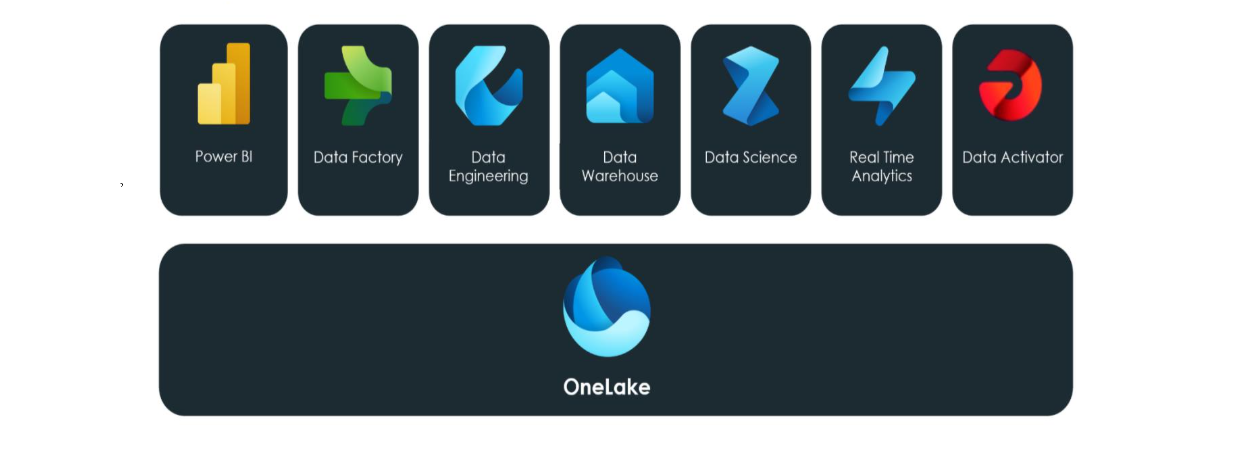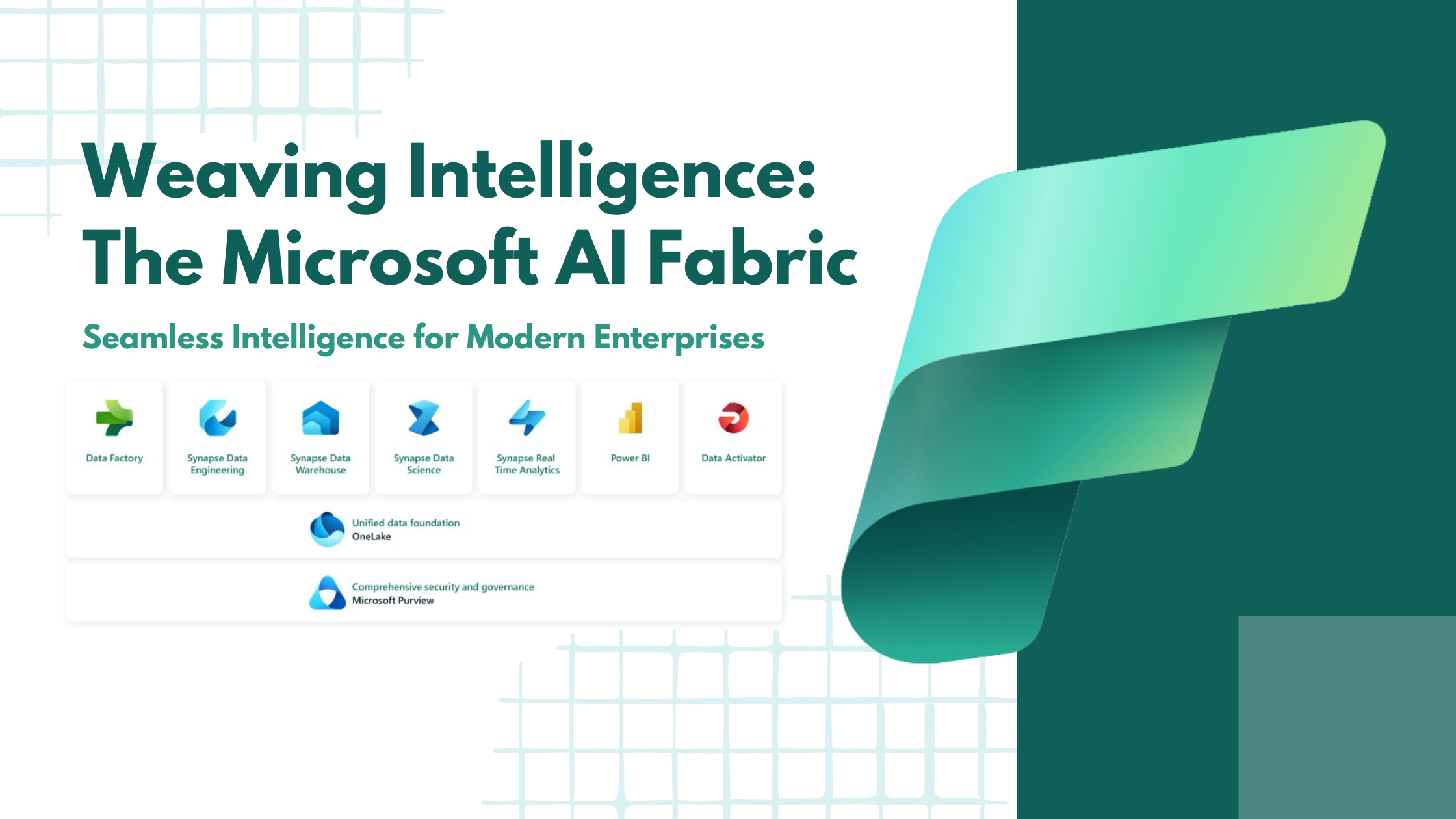Inaccessible Data and Data Security
One of the most common machine learning challenges that businesses face is the availability of data. The availability of raw data is essential for companies to implement machine learning. Data is needed in huge chunks to train machine learning algorithms. Data of a few hundred items is not sufficient to train the models and implement machine learning correctly.
However, gathering data is not the only concern. You also need to model and process the data to suit the algorithms that you’ll be using. Data security is also one of the frequently faced issues in machine learning. Once a company has dugged up the data, security is a very prominent aspect that needs to be taken care of. Differentiating between sensitive and insensitive data is essential to implementing machine learning correctly and efficiently.
Companies need to store sensitive data by encrypting such data and storing it in other servers or a place where the data is fully secured. Less confidential data can be made accessible to trusted team members.
Infrastructure Requirements for Testing & Experimentation
Most companies that are facing machine learning challenges have something in common among themselves. They lack the proper infrastructure which is essential for data modeling and reusability. Proper infrastructure aids the testing of different tools. Frequent tests should also be allowed to develop the best possible and desired outcomes, which in turn, assist in creating better, stout, and manageable results.
Companies that lack the infrastructure requirements can consult with different firms to model their data groups aptly. Then, they can compare the results with a different perspective and the best one can be adopted accordingly by the company and subsequently, by the board.
The stratification method is usually used to test machine learning algorithms. In this method, we draw a random sample from the dataset which is a representation of the true population. The common practice is to divide the dataset in a stratified fashion. Stratification simply means that we randomly split the dataset so that each class is correctly represented in the resulting subsets – the training and the test set.
Rigid Business Models
Machine learning requires a business to be agile in their policies. Implementing machine learning efficiently requires one to be flexible with their infrastructure, their mindset, and also requires proper and relevant skill sets.
However, implementing machine learning doesn’t guarantee success. Experimentations need to be done if one idea is not working. For this, agile and flexible business processes are crucial. Flexibility and rapid experimentations are the solution to rigid monoliths.
If one of the machine learning strategies doesn’t work, it enables the company to learn what is required and consequently guides them in building a new and robust machine learning design. The willingness to adapt to failures and learn from them greatly increases the company’s chances of successful machine learning adoption.
Lack of Talent
This is the most worrying challenge faced by businesses in machine learning adoption. While the number of machine learning enthusiasts has increased in the market, it’ll still take a while for the same numbers to reflect on the number of machine learning experts.
With artificial intelligence and machine learning being relatively younger technologies in the IT industry, the talent pool required to fully understand and implement complex machine learning algorithms is limited. And if you don’t have the right people to implement it, then it is difficult to unlock the true potential of machine learning applications.
Organizations are gradually realizing the avenues machine learning can open up for them. As a result, the demand for experienced data scientists has skyrocketed. And so have the salaries in this space. Job sites list data scientists as one of the highest paying jobs of 2020. With more and more organizations getting on board with big data, AI and ML, this demand is only going to increase in the coming years.
One path companies’ are taking to overcome this challenge is collaboration. Organizations are partnering up with companies that have the skillset and the experience to harness the power of machine learning and implement the offerings to suit your organization’s business goals.
Time-Consuming Implementation
Patience goes a long way in ensuring that your efforts bear fruits. And this cannot be truer for machine learning. One of the most common machine learning challenges is impatience. Businesses that implement machine learning usually expect it to magically solve all their problems and start bringing in profits from the get-go.
Implementing machine learning is a lot more complicated than traditional software development. A machine learning project is usually full of uncertainties. It involves gathering data, processing the data to train the algorithms, engineering the algorithms, and training them to learn from the data which suits your business goals.
It involves a lot of intricate planning and detailed execution. And yet, due to multiple layers and the usual uncertainties regarding the behavior of the algorithms, it is not guaranteed that the time estimated by your team for machine learning project completion will be accurate.
Therefore, it is very important to have patience and an experimentative approach while working on machine learning projects. To achieve desirable results on adoption machine learning, you should give your project and your team plenty of time.
Affordability
If you’re looking to adopt machine learning, you will require Data Engineers, a Project Manager with a sound technical background. In essence, a full data science team isn’t something newer companies or start-ups can afford.
As a result, employing a machine learning method can be extremely tedious, but can also serve as a revenue charger for a company. However, this is only possible by implementing machine learning in newer and more innovative ways. Adopting machine learning is only beneficial if there are different plans, so regardless of one plan not performing up to the desired standards, the other can be put into action. Getting a glimpse into which machine learning algorithm would suit an organization is the only issue that one needs to get by. Once you get the best algorithm with which you’re achieving the required outcomes, you shouldn’t stop experimenting and trying to find better and more innovative algorithms.
Budgeting as per different milestones in the journey works out well to suit the affordability of the organization. If you are not confident on the talent required to implement a full-fledged machine learning algorithm, you can always go for a consultation with companies that have the expertise and experience in machine learning projects.
As a machine learning solutions provider, we at Cresco International, help you reap the benefits of machine learning in line with your business goals. Our machine learning experts have worked with organizations worldwide to provide machine learning solutions that enable rapid decision making, increased productivity, and business process automation.
Success story
Artificial Intelligence and Machine Learning are gaining important traction within the business, with companies increasingly using these modern technologies to enhance business operations and better tailor customer preferences. There are few examples of AI/ML use cases and the adopted to improve their business operations and growth.
- 72% of business leaders believe that artificial intelligence technology is definitely a “business advantage”,
- According to the reports of IDC, investing on AI based systems will reach $ 97.9 billion by 2023, which is almost triple the $ 37.5 billion spent in 2019,
- According to report of tech giant ‘Capgemini’, 87% of the 950 companies are introduced limited use cases into their production by deploying AI pilots,
- By the end of 2020, 57% of business buyers will rely on companies to find out what they want before asking them anything.
#1 Amazon
Undoubtedly, Amazon is the big brand that has adopted AI/ML at first and highly benefited from this trending technology. Amazon has launched a convenience store with the power of AI /ML in Seattle, with an aim to avoid check out which is the least favorite shopping experience of everyone. With ceiling-mounted cameras and sensors backed by AI/ML, now Amazon can simply track every customer’s interaction with a product.
#2 Callaway
Our artificial intelligence designs the Epic Flash Series driver in success stories. It uses AI/ML technology to prolong drives and raise the speed of ball. As per Golf Company, it usually takes 8-10 repetitions before the new driver’s face lands on the best ones. However, it claims to be able to analyze 10,000 repetitions through machine learning.
#3 Drift
An organization that attains quality leads for a service or product using AI chatbots, ML, and NLP to help businesses schedule more meetings, make the sales process more effective, and help customers with queries. Technology is good at automating marketing tasks that are traditionally time-consuming. For example, when a user is using Drift, Chatbot pops up will ask queries and promotes them automatically. In addition, the company’s “Drift Assistant” automates updating email replies, routing contact information and leads.
#4 Hanson Robotics
Hanson Robotics has built humanoid robots with AI technology for the consumer and commercial markets. Sophia, a Hanson robot communicates effectively with natural language and uses facial expressions to clearly convey emotions as same as humans. Hanson also planning to launch a whole range of robots, such as Sofia, which “believe that media personalities in TV shows and movies have instant applications for recreational animatronics and university research and medical training applications in museums and theme parks”.
#5 KLM Airlines
Using AI/ML, KLM has implemented a Blueboat. Its purpose is to book tickets for customers, send confirmations, provide flight updates and answer queries of passengers. Without this amazing Blueboat, KLM would not be able to record over 1.7 million messages that have sent by around 500,000 passengers. Improving consumer satisfaction begins with being 24*7 available to answer queries.
#6 Nike
The world’s biggest brand, Nike has launched an AI system that enables customers itself to design their own sneakers in their online store. Not only it is a secret to improve sales, but also collects useful data about customers that ML algorithms can use to design future sneakers and provide personalized recommendations.
#7 PathAI
The company’s AI/ML algorithms help pathologists to analyze tissue samples and make effective diagnosis. Not only does it develop diagnostic accuracy, it also aims at better treatment. PathAI’s technology can also find appropriate clinical trial members. PathAI has partnered with the Philips and Bill & Melinda Gates Foundation to develop plans for consistent access to high-volume diagnostic test support tools and their diagnostic services.
#8 Starbucks
Starbucks uses its mobile app and loyalty card to collect and analyze customers’ information that including, the place and time of product made and time, and sales. The firm uses Predictive Analytics to process this useful data to offer personalized messages to customers, including recommendations when they reach their local retail stores and with the goal of improving their average cost. The virtual barista service in the AI/ML based application allows people to place orders directly through voice command in their mobile device. In addition to providing a more personalized customer experience, the company uses their data from over 90 million transactions each week to inform business decisions like what products they offer and as where to open new stores.
#9 Twiggle
Twiggle is using a search engine for e-commerce websites, using NLP technology to increase search product or image awareness for enterprises. A combination of in-depth human-like learning and deep understanding of the retail sector can help consumers connect to what they required. Twigley claims that a website with two million viewers a month loses 266,600 consumers from bad searching. For those people who use its search, the firm has a 12% increase in click-through rate and a 9% raise in “Add to Cart”.
#10 Twitter
World’s popular social media network, Twitter uses Artificial Intelligence to identify terrorist language and hate speech in tweets. As per reports, in the early 6 months of 2017 itself, the company found and banned over 300,000 terrorist-linked accounts, 95% of which were created by AI machines, bur not humans.











